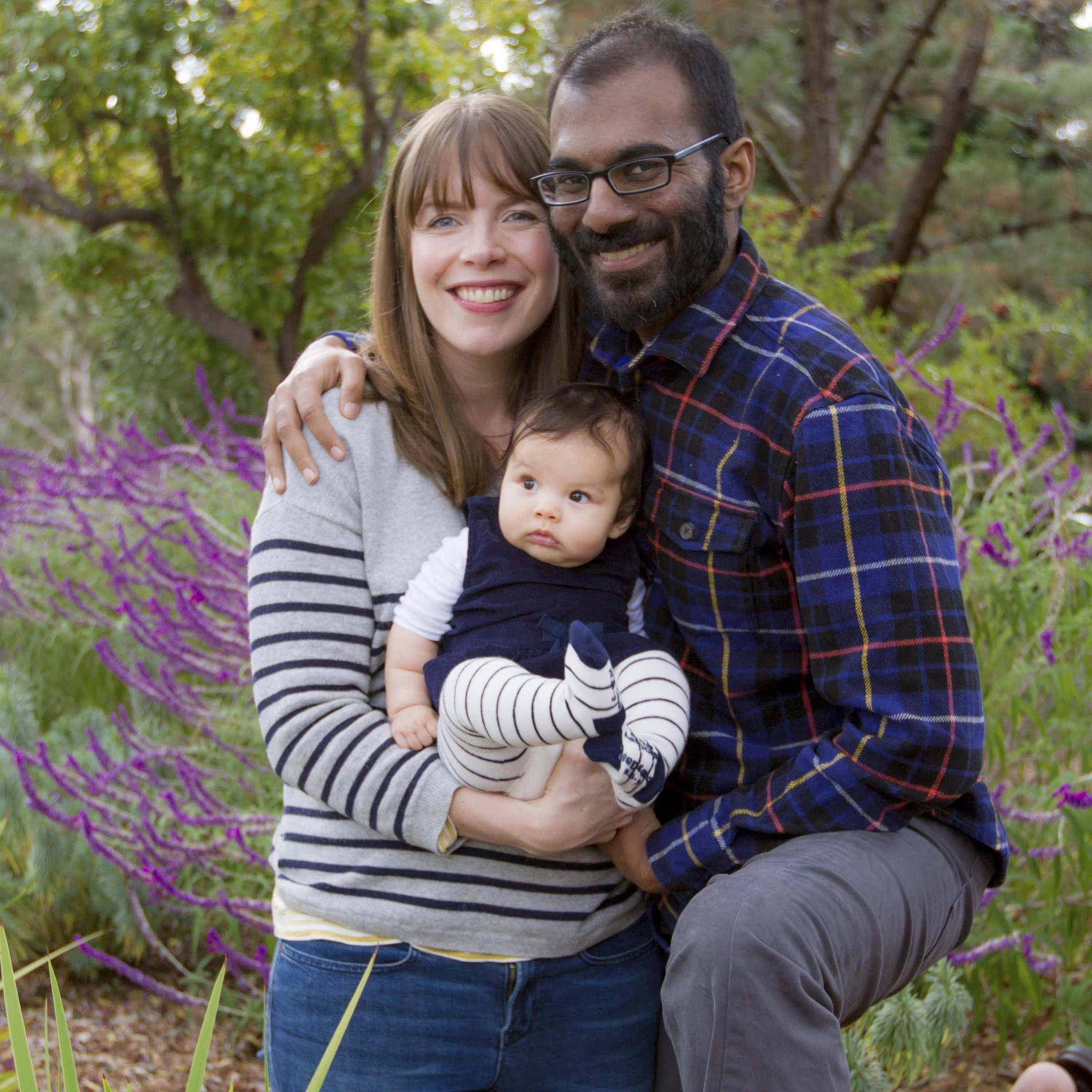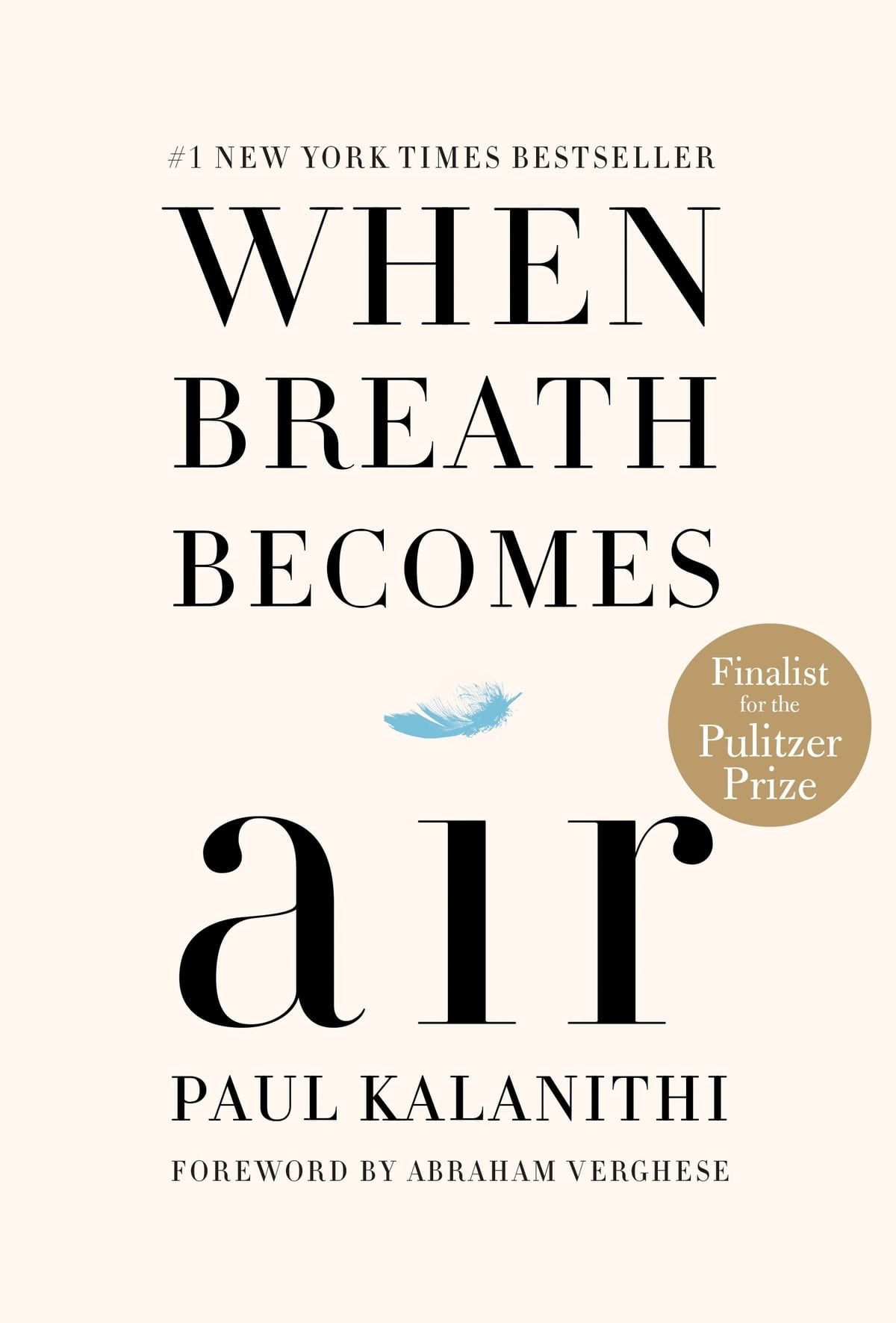When Breath Becomes Air by Paul Kalanithi — Book Summary and Notes
One day he was a doctor treating patients, and the next he was a patient himself, struggling to live. Just like that, the future he and his wife had imagined, evaporated.
Medical training is relentlessly future-oriented, all about delayed gratification; you're always thinking about what you'll be doing five years down the line.
At the age of 36, on the verge of completing a decade's worth of training as a neurosurgeon, Dr. Paul Kalanithi was diagnosed with Stage IV lung cancer. Just like that, the future he and his wife had imagined, evaporated.
One day he was a doctor treating patients, and the next he was a patient himself, struggling to live.

The Book in Three Sentences 🎯:
- The approach of death awakens people’s true values.
- Find your life purpose—know what kind of life is worth living.
- Cherish every moment you have; you never know when it will be your last.

When Breath Becomes Air
By Paul Kalanithi
Neurosurgery, Life, and Death
"Neurosurgical training, among the most rigorous and demanding of all medical specialties, had surely put a strain on our marriage," Dr. Paul thought. It was only in practicing medicine that he could pursue a serious biological philosophy; neurosurgery seemed to present the most challenging and direct confrontation with meaning, identity, and death.
While all doctors treat diseases, neurosurgeons work in the crucible of identity: every operation on the brain, by necessity, a manipulation of the substance of ourselves, and every conversation with a patient undergoing brain surgery cannot help but confront this fact. At those critical junctures, the question is not simply whether to live or die but what kind of life is worth living. Would you trade your ability to talk for a few extra months of mute life? Because the brain mediates our experience of the world, any neurosurgical problem forces a patient, and family, ideally with a doctor as a guide, to answer this question: What makes life meaning enough to go on living?
In the fourth year of medical school, Dr. Paul watched as, one by one, many of his classmates elected to specialized in less demanding areas (radiology or dermatology). The trends were the same: by the end of medical school, most students tend to focus on "lifestyle" specialties—those with more human hours, higher salaries, and lower pressures—the idealism of their med school applications essays tempered or lost.
It meant letting his friends go, to continue deepening those relationships, without him. It meant setting aside literature. But it gave him a chance to find answers that are not in books, to forge relationships with the suffering, and to keep following the question of what makes human life meaningful, even in the face of death and decay.
Before operating on a patient's brain, Dr Paul realized, he must first understand his mind: his identity, his values, what makes his life worth living, and what devastation makes it reasonable to let that life end. The cost of his dedication to succeed was high, and the ineluctable failures brought him nearly unbearable guilt.
Doctors in highly charged fields met patients at inflected moments, the most authentic moments, where life and identity were under threat; their duty included what made that particular patient's life worth living, and planning to save those things possible—or allow the peace of death if not.
Cancer of the brain comes in two varieties: primary cancers, which are born in the brain, and metastases which emigrate form somewhere else in the body, most commonly from the lungs. Surgery does not cure the disease, but it does prolong life; for most people, cancer in the brain suggests death within a year, maybe two. Neurosurgery requires a commitment to one's own excellence and commitment to another's identity. The decisions to operate at all involves an appraisal of one's own abilities, as well as a deep sense of who that patient is and what she holds dear.
Medicine
In anatomy lab, we objectified the dead, literally reducing them to organs, tissues, nerves, muscles.
Doctors invade the body in every way imaginable. They see people at their most vulnerable, most scared, most private. They escort them into the world, and then back out. Seeing the body as matter and mechanism is the flip side to easing the most profound human suffering. By the same token, the most profound human suffering becomes a mere pedagogical tool. What had not changed though, was the heroic spirit of responsibility amid blood and failure. This struck Dr.Paul as the true image of a doctor.
Amid the tragedies and failures, Dr. Paul feared he was losing sight of the singular importance of human relationships, not between patients and their families, but between doctor and patient. When a patient comes with a fatal head bleed, that first conversation with a neurosurgeon may forever color how the family remembers the death, from a peaceful letting go to an open sore of regret. When there's no place for the scalpel, words are the surgeon's only tool.
Learning to judge whose lives could be saved, whose couldn't be, and whose shouldn't be, requires an unattainable prognostic ability. Dr Paul thought that a life spent in the space between life and death would grant him not merely a stage for compassionate action, but an elevation of his own being: from petty materialism to the heart of life-and-death decisions.
A tureen of tragedy was best allocated by the spoonful. Only a few patients demanded the whole at once; most needed time to digest. Patients, when hearing the news, mostly remain mute (one of the early meanings of patient, after all, is "one who endures hardship without complaint.") Whether out of dignity or shock, silence usually reigns, and so holding a patient's hand becomes the mode of communication. Openness to human relationally does not mean revealing grand truths; it means meeting patients where they are, and bringing them as far as you can.
Being with patients in these moments certainly had its emotional cost, but it also had its rewards. I don't think I ever spent a minute of any day wondering why I did this work, or whether it was worth it. The call to protect life—and not merely life but another's identity; it is perhaps not too much to say another's soul—was obvious in its sacredness.
A resident's surgical skill is judged by his technique and his speed. You can't be sloppy, and you can't be slow. "Learn to be fast now. You can learn to be good later." For the patient's sake and for everyone else's sake.
No steps of the operation needs revisiting; everything moves in a precise, orderly fashion. If the hare makes too many minor missteps and has to keep adjusting, the tortoise wins. If the tortoise spends too much time planning each step, the hare wins.
The pain of failure had led me to understand that technical excellence was a moral requirement. Good intentions were not enough, not when so much depended on my skills, when the difference between tragedy and triumph was defined by one or two millimeters.
It became clear that practicing as a doctor is going to be much different than learning as a medical student in the classroom. Reading books and answering multiple-choice questions bore little resemblance to taking action, with its concomitant responsibility. Knowing you need to be judicious when pulling on the head to facilitate delivery of the shoulder is not the same as doing it. Intelligence wasn't enough; moral clarity was needed as well.
Life Lessons
Even if you are perfect, the world isn't. The secret is to know that the deck is stacked, that you will lose that your hands or judgement will slip, and yet still struggling for your patients. You can't ever reach perfection, but you can believe in an asymptote toward which you are ceaselessly striving.
Medical statistics not only describe numbers such as mean survival, they measure our confidence in our numbers, with tools like confidence levels, confidence intervals, and confidence bounds. What patients seek is not scientific knowledge that doctors hide, but existential authenticity each person must find on their own. While being trained as a physician and scientist had helped Dr Paul process the data and accept the limits of what the data could reveal about his prognosis, it didn't help him as a patient. Nor did it tell me whether to fight for his career, to reclaim the ambitions he had single-mindedly pursued for so long, but without the surety of the time to complete them.
Graham Greene once said that life was lived in the first 20 years and the remainder was just reflection.
When you come to one of the many moments in life where you must give an account of yourself, provide a ledge of what you have been, and done, and meant to the world, do not, I pray, discount that you filled a dying man's days with a sated joy, a joy unknown to me in all my prior years, a joy that does not hunger for more and more but rests, satisfied. In this time, right now, that is an enormous thing.
Vocabulary List
- Ibuprofen
- Kaplan-Meier survival curves
- Carboplatin
- Cisplatin
- Cognitive therapy
- Physical therapy
- Prognostication
- Epilepsy
- Silvery dura
- Sylvian veins
- Neurocardiogenic syncope
- Submillimeter blood
- Trimester of pregnancy
- Blastocyst
- Antimetics
- Nonsteroidal Anti-Inflammatory Drugs (NSAIDs)
- Gertsmann's syndrome
- Bronchoscopic
- Fascia
- Vertebrae
- Dura
- Half-life of a drug
- WISCOS problem: Who Is the Captain Of the Ship?
- Nephrologists
- Endocrinologists
- BIPAP

